Tatsuya Nakamura and Tomoyoshi Takada of Beams – and Ivy Style
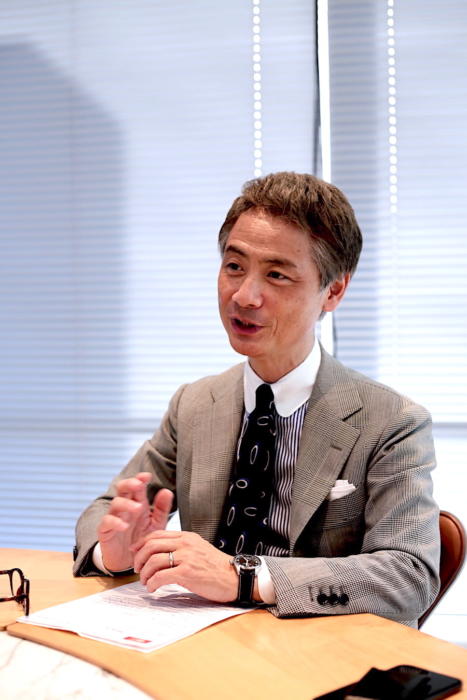
Japanese fashion drives so much of classic style that we barely see in the West. Italian brands can be huge in Japan, yet barely be covered here.
Partly as a result, Japanese buyers are some of the most knowledgeable in the world. They are usually bespoke customers, for example, as well as having a wide experience of trends and brands.
I’ve met Tatsuya Nakamura of Beams (above), one of the most important of those buyers, several times over the years.
But we’ve never talked in depth, and so I took the opportunity to interview him while in Tokyo recently, focusing on Japanese fashions and how he has seen them develop over his career. We were also joined by younger but hyper-stylish buyer Tomoyoshi Takada.
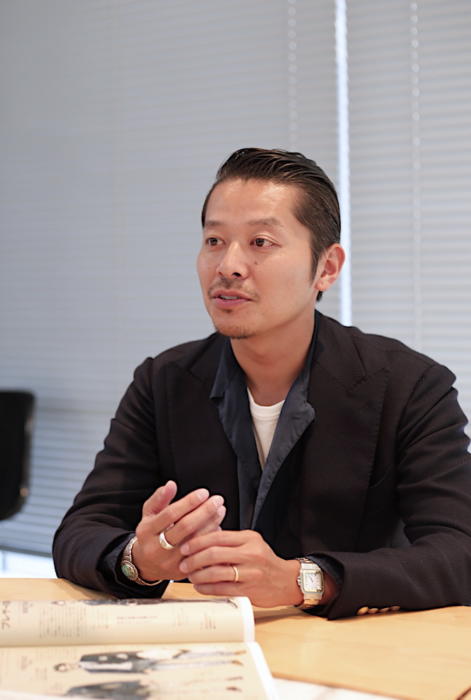
Permanent Style: Thank you for taking the time to meet me, Nakamura-san. It’s lovely to be here in the Beams offices surrounded by all the collections.
Tatsuya Nakamura: A pleasure, Simon-san.
Perhaps we could start by talking about style at the moment in Japan. Have you seen clothing become increasingly casual in recent years, as we have in Europe?
Yes, streetwear has been growing for several years, but it’s definitely hit its peak recently. You now see quite a clean split between smarter, tailored dressing on the one hand and streetwear on the other.
Tailoring has been strong here ever since Italian style – what we called ‘Classico Italiana’ – became a big trend around 20 years ago. It was taken up so much that it still drives a lot of what men wear today, and has in fact stopped streetwear from becoming so big.
In the West we often think of Japan as very fashion-driven, with nothing being popular for more than a few years. Is that accurate?
In general I think it’s true, but Classico Italiana was an exception, because it became the default for tailoring here – replacing the dominance by English or American tailoring in the preceding decades.
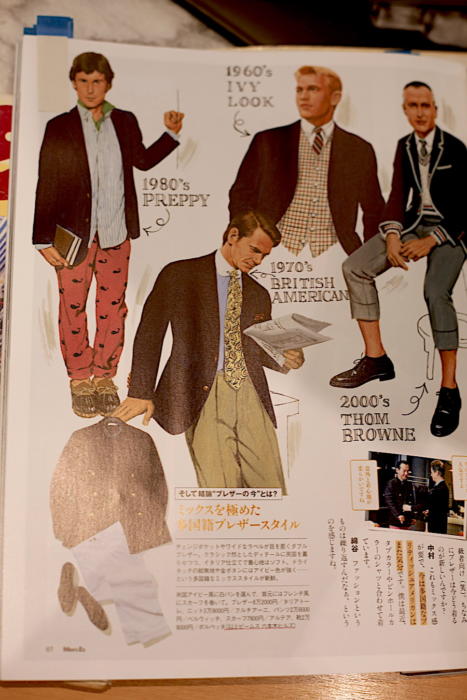
Is American style still popular in general? I know it was a big influence after World War Two.
Ivy Style has come in and out of style, and gone through different iterations.
It was popular after the War until the 1970s, for example. Then in the 1980s there was a version called French Ivy. And American Ivy brands became popular again in the 2000s, spurred by Thom Browne among others.
Were you into Ivy Style, personally, when you were growing up?
Yes, I was particularly into French Ivy in the 1980s.
This is a look that’s hard to define, but it mixed a lot of English and French brands – Chester Barrie, John Smedley, Lacoste – as well as some American ones. Myself and Kamoshita-san were both fans of French Ivy.
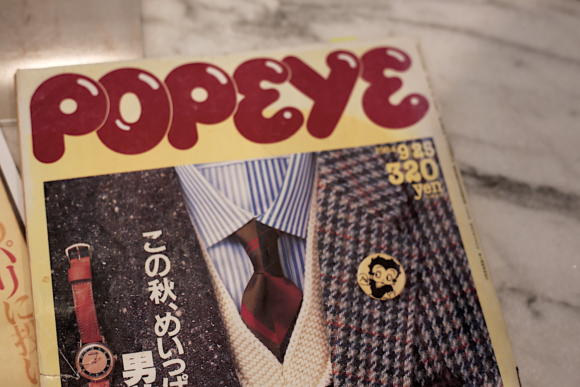
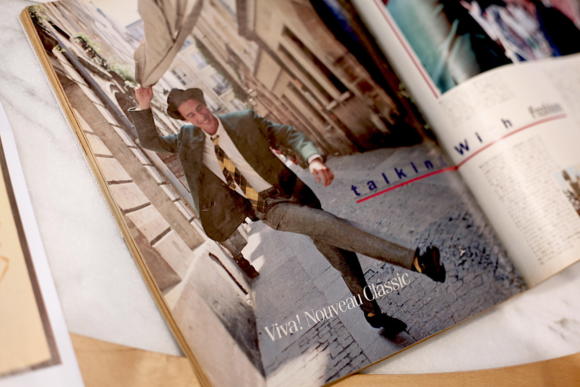
Is it hard to stay with one personal style in Japan, given the changing trends?
Yes, it is hard. Though people don’t tend to change their style fundamentally. They just tend to make small changes, often.
Were you pleased when Ivy Style became popular again recently?
Yes, although it has been updated rather to be relevant. So it’s more of a mix today – Ivy but with elements of Italian and British tailoring mixed in.
If you don’t do that you look like you’re wearing costume.
Could you give me an example?
Sure - a popular look at the moment is a cricket sweater worn with military chinos or combat trousers, and then a tweed jacket or a biker jacket over the top.
The clothes are the same as the past, but the combinations are different. With original Ivy Style, that sweater would have been worn with checked trousers for instance, but never military vintage.
We have a great archive of Japanese magazines that illustrates all these changes. [Shown throughout this post.]
Men who are in the 40s or younger now, they haven’t gone through the first Ivy trend, so they don’t understand how the original Ivy would have been different. It seems natural to them.
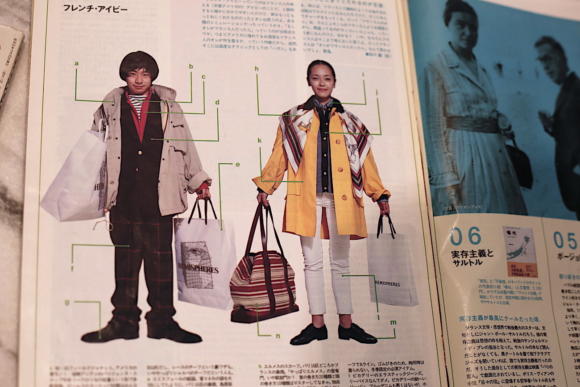
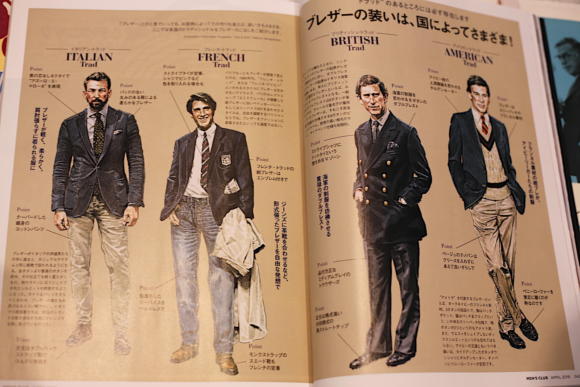
Are these styles being mixed together in a particular Japanese way? Is there something we could really call a Japanese style?
Well, there is one Japanese style which is rather bad. That’s the businessman look of black suit, often with a brightly coloured tie, like pink. And pointed shoes that curl up at the end. I don’t know why, but 70-80% of businessmen in Japan dress like that.
On the good side, there is a lot of original and distinctive mixing of styles. It’s very creative. More people here are into fashion, and are open to ideas.
Japan also tends to lead a lot of trends around the world. Often we will see mixes that emerge here and then appear elsewhere.
I admire a lot of the English brands at the moment though – people like the staff at Drake’s, or at Anglo-Italian.
What other brands do you think are doing this well, updating tailoring?
Two I’d highlight are Stile Latino and Lardini – more on their overall look and style, rather than the cut or quality of particular items. They’re always trying to say something different.
Older, bigger Italian brands use luxury materials but can be a little boring. Always the same. Some of them are very classic, some are very bright and loud, but in both cases they haven’t changed at all. The best brands evolve, and find a sweet spot between those two extremes I think.
Of course, I also have tailoring made – bespoke from Dalcuore, made to measure from Stile Latino and Ring Jacket.
The suit I’m wearing today is made by Ring Jacket in our current Beams model. It’s a mix between styles, with the Neapolitan make but an English ticket pocket.
A lot of Beams buyers seem to have their own distinctive style. Are they encouraged to express themselves?
Yes, we try not to dictate at all. In the same way that all the Beams stores are different, depending on the local market and the feedback we get from staff.
In fact, all of the Beams buyers come from the retail staff, which is a big difference between us and other department stores.
How would you describe your personal style?
Grounded in classic style, but always with an awareness of other ideas and trends.
I generally wear tailoring like this during the week. Then at the weekend a fine roll neck with denim perhaps, and sneakers or a boot. Perhaps a jersey jacket.
In summer, a cotton-drill trouser, fine polo neck and perhaps espadrilles. Never shorts. In both seasons I try to always keep casual clothing simple – not too many layers.
[Tomoyoshi Takada enters the meeting]
Takada-san, how about you?
Takada: I’d describe it as Japanese mix style, probably. Mixing together British, American and French styles. Because what I’ve lived through is all these going in and out of fashion – unlike Nakamura-san.
When he was growing up there were far more rules to clothing, to what things were worn together. Those didn’t exist for me.
I’ve learnt a lot from others at Beams, their background and the clothing they wore. We talk about it a lot. It’s one of the things that makes Beams special.
What’s it like living in Tokyo? How does that affect clothing?
Takada: There are very few formal events here, very little black tie. But more smarter evening events where you might dress in darker, simpler clothing. The tuxedo has been undermined a little by being worn for weddings.
But men still like an opportunity to dress up. Often in the stores at the weekend, customers will come in wearing smart clothes, a well-tailored jacket and trousers. They like the opportunity to put different clothes together.
Nakamura: The summer here is also very hot and humid, with temperatures around 38 degrees, which makes it hard to wear lots of clothes.
There is a thing here called ‘Cool Business’, where office workers are allowed to take off their jackets and ties. Men also wear a lot of short-sleeve shirts, which I don’t like. But they are practical.
You do see men trying to wear jackets in the summer though – and coats as soon as it gets cooler. They will suffer for their fashion.
It’s always nice to hear that – we might not have predictable seasons in England, but at least we can wear tailoring most of the year.
Nakamura: Yes, I travel a lot obviously, and like going to England for that reason.
Thank you both for your time, and for the look at the magazine archive.
Nakamura and Takada: Our pleasure.
Photography: Permanent Style. Thank you very much to all the Beams staff for their help with this interview and feature.
Below: Some of my favourite looks from Nakamura and Takada's Instagram accounts: @beams_nakamura and @tomoyoshi_takada
One of my favourite recent look books was 'All you need is Ivy', Beams A/W 18/19 - here


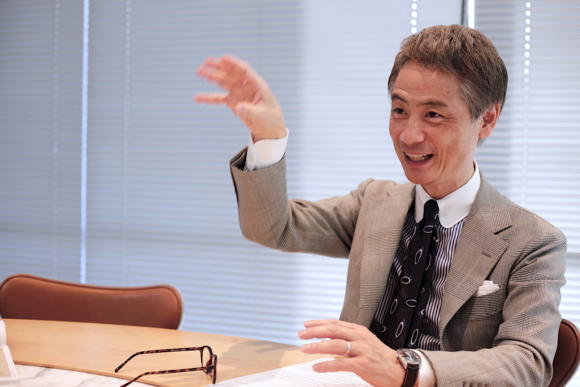
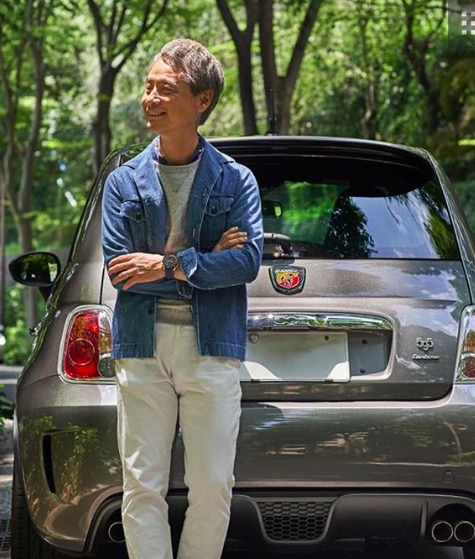
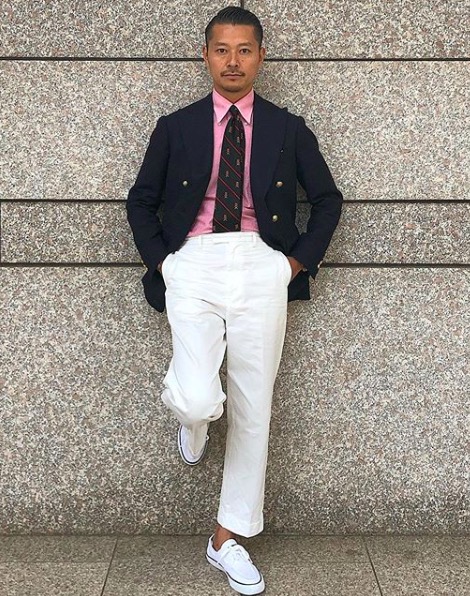
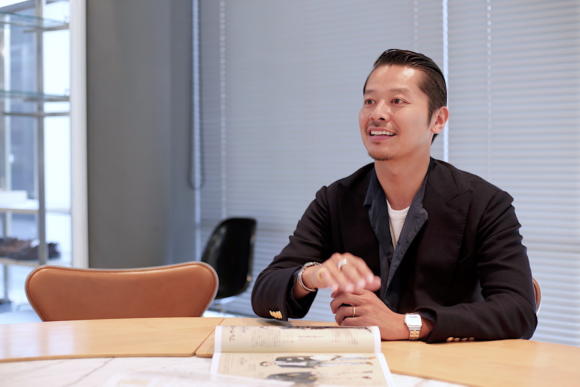
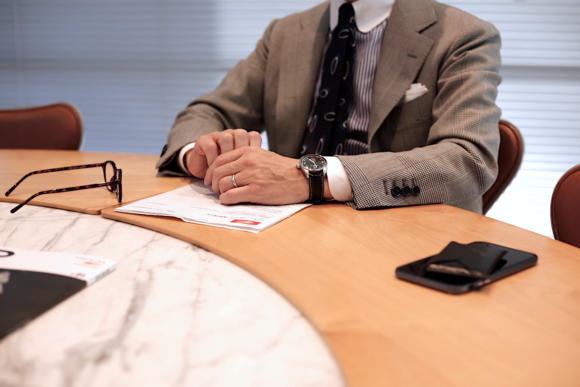
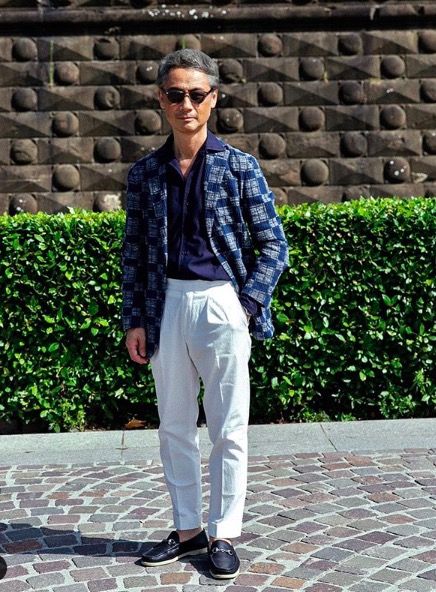
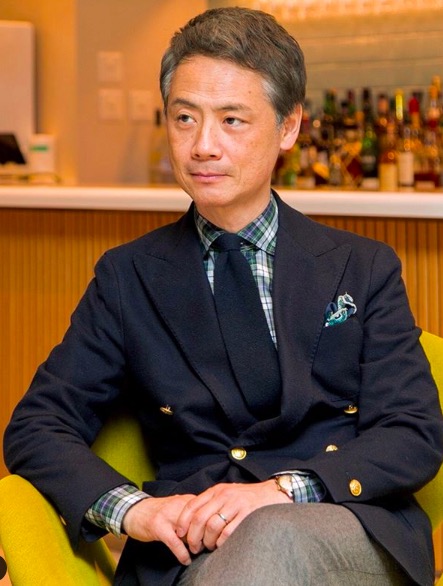
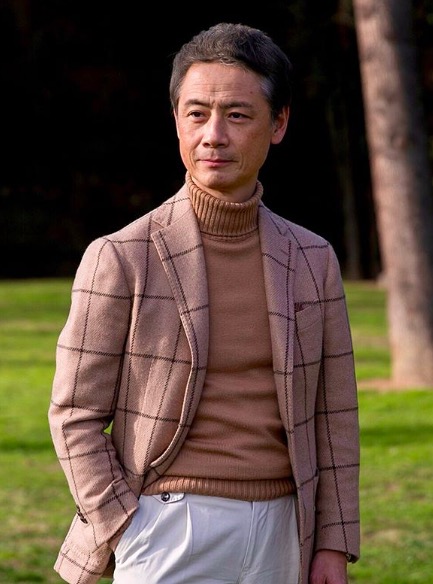
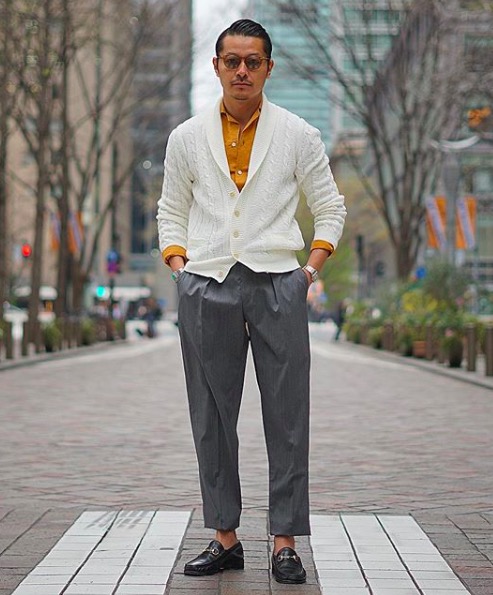
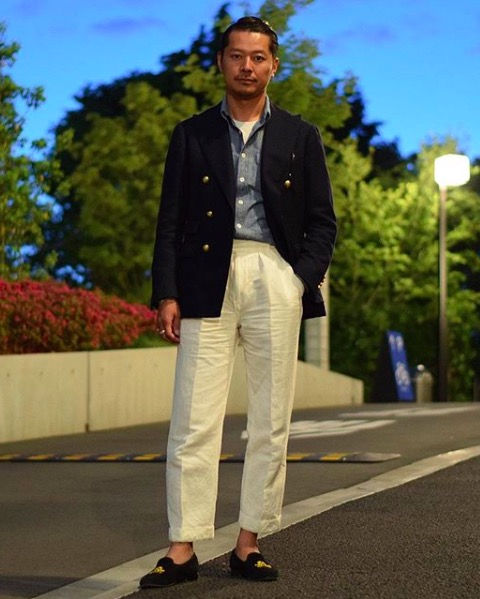
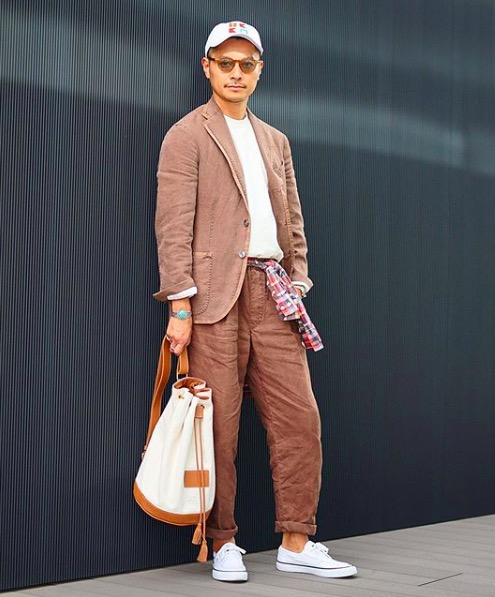


























Simon
Drake’s and Anglo-Italian are both obviously Brit – Italian style. Bar RL, which current RTW has an influence of Ivy?
Drake’s actually has a few touches of it here and there. Otherwise there isn’t much here in London, other than the watered down version you will get at Brooks Brothers, J Crew, RL etc
Actually also John Simons. And then there are things like Aldens at Trunk, the Bass store at the end of Carnaby Street.
Nakamura san has a superb taste level.
Nothing beats Japanese style for me. It’s the classic Japanese way of taking something done before elsewhere and either improving it or creating a unique twist. Wandering round Tokyo you witness styles that just wouldn’t work elsewhere, but somehow do there.
@Colin
Agree on everything except the last part.
I for one have lived in Japan, have picked up their styling techniques and have constituted a 100% made in Japan (small but high quality brands) closet and enjoy dressing like the fashionable people of daikanyama or aoyama in Paris. It’s like the ultimate level up, to which I added my own flair with more time and experience.
No one beats the Japanese and living there is the best training and learning in terms of fashions, ESPECIALLY if you can read their magazines.
But let’s keep this a secret as the rest of the world is still blinded by Paris, London Milan and new York.
Simon, are there Gucci loafers in the mix of those pictures? If so, what’s your opinion worn with permanent style clothing?
Never really been a fan of Gucci loafers really – a slightly showy style, and generally pretty low quality. I actually had a pair when I was younger – the leather was clearly plastic coated
It’s always a bit disappointing to consider the fact that such a distinctive culture has yet to establish a distinctive take on tailoring. Every time I see an Italian silhouette on the streets of Tokyo it looks out of place. Same goes for Beijing/Shanghai, though the PRC tailoring tradition’s much younger.
Decontextualized, these two guys look tremendously cool.
“Never shorts”.
Bravo. Couldn’t agree more.
The trousers are too short
Could you elaborate on the “French trad” style please? What are it’s typical qualities/ hallmarks?
I couldn’t tell you more than what’s in this interview and the illustrations I’m afraid Hugh. It’s not something I’ve ever studied. We need a middle-aged Frenchmen commenting here perhaps
I’m a midde-aged Frenchman. “French trad” is a complete fabrication which exists only in the imagination of this Japanese magazine. French men are shockingly bad dressers. They balk at wearing a tie – the ones that do, like Macron and his coterie, look like undertakers – and I doubt whether they even know what a sport coat is. They certainly never wear any. I suppose you could stretch a point and call the sweater knotted around the shoulders “French trad”, as worn by an exceedingly rare minority among the over-65s. It’s usually worn with corduroys, or, more usually chinos in red/pink/bright green/light blue.
The French just do streetwear these days. The yobs from the cités (that’s your housing estates) wear footballer’s tracksuits. No one even wears jeans any more. The rest, the sophisticated people and bourgeois-bohèmes, are stuck in a 1980s time loop. But tailoring? Never seen it. You will occasionally see yuppies in those awful skinny Hédi Slimane numbers, and that’s as far as “tailoring” goes.
And honestly, the Prince of Wales for “British trad” is pushing the stereotypes a little far.
Thanks Bob.
Interestingly, I spent the day today in the 16th around Holiday, Beige etc, and O saw a few more people there wearing tailoring well, and with a lot of 80s influences – which I think is when this French trad dates from?
Bob,
Que je suis d’accord, merci!!
I am also French, lived in Tokyo and returned to Paris and the gap is huge. French people can’t dress anymore, except in a minority of fancy arrondissements, and even then…
Your description of the street trend + 80s is perfect, to which I would add the New Wave inspired young Instagram ladies who believe they know a thing about fashion.
And you know what irritated me most? That the world still talks about Paris everyday for fashionable while Tokyo, way too humble to brag, is rarely talked about.
But oh well, those who are in the know, know.
Merci encore Bob, ravi de voir quelqu’un qui sait de quoi il parle dans ce flot de décadence d’élégance qui me déprimé chaque jour, jusqu’à ma reexpatriation…!
While it may be in fast retreat, there are enclaves of true BCBG style (I’m assuming this is what is meant, that particular 1980s strand of vague French anglophilia) in Versailles, Deauville, Fontainbleau…it is definitely no longer the mainstream. Sadly.
I go to Tokyo fairly regularly and I think these two are examples of how well Japanese men can dress. As mentioned elsewhere on PS the Japanese approach to make and craft allows a discerning buyer (Japanese or otherwise) to pick up all kinds of treasures in Tokyo. However, as alluded to in the article these two are outliers away from the black suited, curly toed average (don’t start me on cool biz).
Hugh,
I think your comment is bit limiting. Obviously we’re on an Ivy kind of blog, but if there’s one thing I think about Tokyo is that it is defined by its diversity of cultures. These trad/classic style buyers are one kind of well dressed, the minimalist wearers of Auralee, Comoli and other very high end, beautiful innovative fabrics-using made in Japan brands are another kind. And as they mention, the mix and match is what Japanese people excel at, so there many kinds of well dressed. For example, how some Japanese people marry Alden classic tassel loafers with more oversized technical clothes is wonderful and done nowhere else. A tour to aoyama or daikanyama or yoyogi hachiman might suffice to show what I mean.
It would be really interesting to see a translation of the spread with the different forms of trad. Is anyone here fluent in Japanese?
Hi Simon,
i wondered if you have any experience with Beams Plus as a customer. What’s your take on the quality?
I seize this opportunity to wish you and your recently extended family a merry Christmas.
Thank you Gab.
Not really any, no sorry